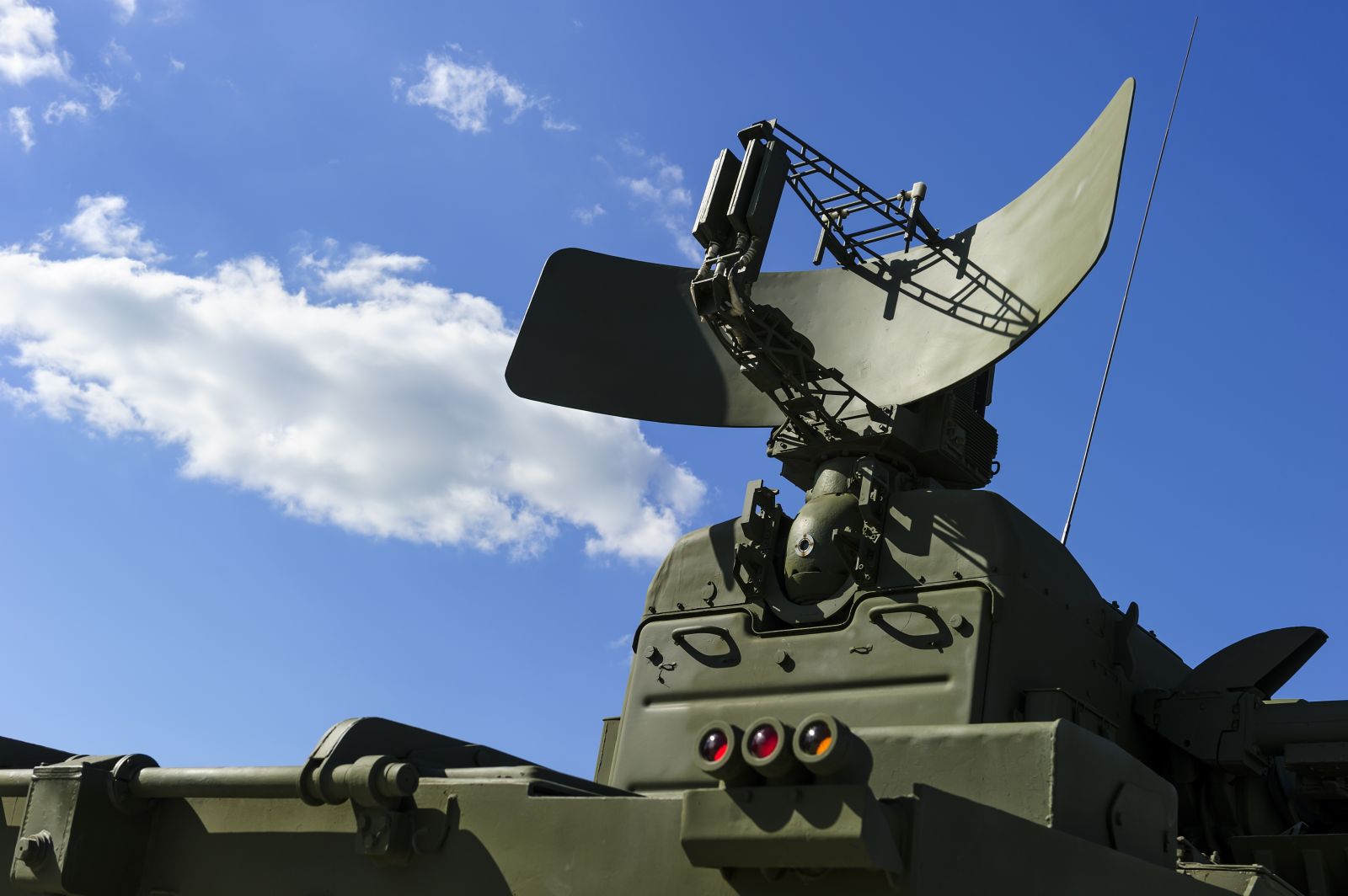
Defense stocks could jump if Iran decides to attack Israel. Numerous news reports indicate that Iran is looking to retaliate against Israel directly. But even if it doesn't, or the result does not lead to an all-out war, one defense stock, Lockheed Martin (LMT) still looks cheap.
One profitable way to buy LMT stock is to sell short puts in nearby strike prices for short-term expiration periods. That way the investor can gain some income while setting a lower buy-in price than the existing spot price.
The key is to find a stock that looks cheap and you have no problem even if the stock falls to a lower price.
LMT Stock's Valuation Is Cheap
LMT stock looks cheap any way you look at it. For one, at $453.18 per share this large-cap ($108 billion market capitalization) stock trades for just 17.4x earnings based on analysts' forecasts of $26.04 earnings per share (EPS) this year (Seeking Alpha). Moreover, next year the EPS level is forecast at $27.68, lowering the forward multiple to just 16.4x.
On top of this Lockheed pays a healthy dividend of $12.60 per share. That gives LMT stock a generous dividend yield of 2.78% at today's price.
Moreover, the company can clearly afford to pay this dividend, despite its high levels of capex spending. That makes the dividend yield very secure, no matter what happens if hostilities break out.
For example, last year the company generated $7.92 billion in operating cash flow. This was enough to cover both the $1.69 billion it spent on capital expenditures last year and the $3.06 billion that the dividends cost the company.
In fact, Lockheed Martin spent more money on shareholders by buying back over $6 billion in existing shares. That works out to 5.56% of its $108 billion market cap - i.e., a 5.56% buyout yield. So, combined with the 2.78% dividend yield, the total shareholder yield for existing investors is 8.38% (i.e., 2.78% dividend yield + 5.56% buyout yield).
This means that strong underlying forces are pushing the stock higher, no matter what happens in the global environment relating to war.
Shorting OTM Puts to Buy In Cheaper
One way patient investors can lower their buy-in cost is to continuously short nearby strike put option strike prices. That way the investor can set their cost at lower than the market price and still receive some income while waiting for the price to fall.
For example, look at the May 3 expiration period for put options, which is three weeks away (21 days from today). It shows that the $445 put option strike price, 2.47% below today's price, trades for $6.10 per put contract.

That means that a short seller of 1 put contract (an obligation to buy 100 shares if the stock falls to this strike price) immediately collects $610 after securing $44,500 with their brokerage firm. This works to a put yield of 1.37%. (i.e., $610/$44,500).
So, if the stock falls to $445, the investor's cash that was secured to make this purchase will be exercised to buy 100 shares. But the investor gets to keep the $610. So, as a result, their actual buy-in price is lower at $445-$6.10, or $438.90. That is 3.15% below today's price.
Meanwhile, the investor can repeat this type of trade every two or three weeks. In effect, they keep on collecting extra income while waiting to buy in at cheaper strike prices.
For example, if the investor can repeat this play every 3 weeks for a quarter, the expected return (ER) is $2,440 for the $44,500 invested. That works out to an ER of 5.36% in income yield over 90 days. That is almost twice the dividend yield of 2.78% holding the stock over one year.
The bottom line is that Lockheed Martin stock looks cheap here. One way to cheaply buy in is to sell short close OTM strike prices in nearby expiry periods.
More Stock Market News from Barchart
- Go Against the Grain with Hidden-Gem Space Economy Play Planet Labs (PL)
- Microsoft Stock Is Undervalued Here, and Selling Short OTM Puts For Income is Attractive
- Stocks Fall on Heightened Geopolitical Risks in the Middle East
- 1 'Strong Buy' Silver Dividend Stock to Scoop Up Now







